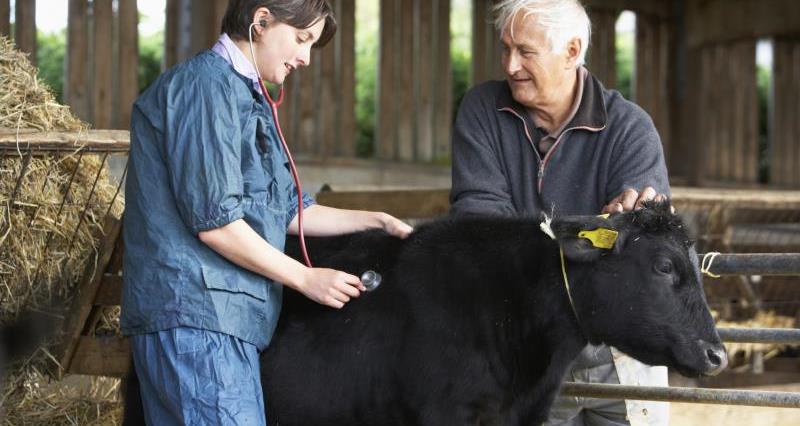When health planning is mentioned there is sometimes a sigh and the occasional snooze. However, it is the one thing that will enable us to optimise the health and in turn the welfare of the livestock in this country, because if you do it properly and use it (that’s an important bit!) then health will improve and productivity with it.
Health plans should be a live document that provides a framework of the ways in which a farmer can prevent or deal with key disease challenges in the herd or flock, but with the flexibility so that they can respond to the things that are more difficult to plan for.
Any time is a good place to start but now is a good time to think about planning ahead of next breeding season and making sure that this year’s crop stays in good health.
Where do you start?
Sitting in front of a blank screen can be a really difficult way to start. You could use a template as your basis (your vet, adviser or consultant may be able to help). But ultimately you have to make this your document, so keep evolving with what works best for you.
Here are some questions which you can ask to get started…
- What have been the main health challenges over the last few years?
- Which times of year pose more challenge (e.g. lambing/calving/turnout/housing)?
- What are the main reasons for veterinary time and medicines?
- What is the feedback from the abattoir?
- When you do have problems, which group of stock are affected the most?
- How have you dealt with these issues before and were they effective?
- Is there an earlier intervention, preventative measure or vaccine?
- Are there other treatments?
- Who is responsible for administering and recording medicines and disease issues?
- How do you monitor problems?
- What is your quarantine plan for all stock that moves on and off the farm? How does this fit into the overall biosecurity plan?
- What is your plan for euthanasia and deadstock?
The answers to these questions will help you formulate your plan. Some people write out a health plan like a calendar, others may split out the different groups of animals or look at things by specific issues such as parasites – work out whichever way is best and appropriate for you.
Who can I ask to help?
This is one document that advice should be sought for. Farm Assurance schemes will require your vet to sign it off anyway but do ask for their input when pulling it together. Think about what have you had to call them out for over the past few years, were any of those problems preventable or could you try a different tactic? Do they run a flock or herd health club or packages that would provide you with more time with your vet and potentially other farmers in the area?
 Obtain any feedback you can from the abattoir and if there have been problems look at the batches of stock affected, the grazing management and any issues to try and spot a pattern. With CCIR (see below) there will be more information in the long-term but in the interim ask the abattoir what information they can share.
Obtain any feedback you can from the abattoir and if there have been problems look at the batches of stock affected, the grazing management and any issues to try and spot a pattern. With CCIR (see below) there will be more information in the long-term but in the interim ask the abattoir what information they can share.
Suitable Qualified Persons (known as an SQP or Animal Medicines Adviser) have a qualification which legally permits them to prescribe and supply certain medicines, anthelmintics for instance. The merchants, country stores and vets will all have qualified SQPs that are trained to advise on the appropriate treatments, tests you could use and administration. They have a wealth of knowledge and don’t charge for their time so make sure you use them! Find out more about SQPs on the AMTRA website.
Consultants, nutritionists and other paraprofessionals that come on farm can also help, ask them their thoughts on specific problems, if there is a pattern in the challenges, what can you do differently that might mitigate these problems? Make sure you use the resources that are already on farm.
Update on CCIR
The Food Standards Agency (FSA) has been working with the meat and farming industry to design, trial and implement a new system to gather and communicate meat inspection results data for future industry use to improve public health, animal health and welfare. The list of conditions recorded by Meat Hygiene Inspectors (MHI) in abattoirs has been rationalised to enable Food Chain Information (FCI) and Collection and Communication of Inspections (CCIR) results data to be easily converted into an understandable format for farmers. The FSA began to review the database that currently reports to processors and producers earlier this year and later this summer standardised reports are expected to be sent to producers from processors. The FSA has worked with industry to format these reports and include information on the conditions available during inspection of carcases and offal.
AHDB Beef & Lamb has put together a guide on the post-mortem conditions which will be reported on, take a look here.
